I heard of the Bahá’í Faith from Geoff Hoghland in McLean, Virginia a couple of days before the Anniversary of the Birth of the Bab in 1970. Geoff invited me to meet John and Rúhí Huddleston and attend the event. My memory of the meeting is still vivid. It was at the home of Dr. and Ms. Belcher, in a room with a sunken living room that was designed for Bahá’í gatherings. A number of people spoke, but I mostly remember Rúhí Huddleston recounting events in the life of the Bab. About a week later, at a fireside at the Huddleston home, I was asked by Susie Paffenburg Allen if I wanted to declare, and thus marks a rebirth in my life. I was a few days shy of my 19th birthday.
First of all, after becomeing Baha’i, I immediaely structured my life to engage in Baha’i social activism. I was never a do-good missionary type and my prayers always tried to be “beyond words and letters”, focused on results, action— and not on words. When I reflect on the decisions I made in my life, my commitment to the Bahá’í Faith from that meeting at the Huddleston’s was pivotal. Was I some kind of starry-eyed young religious fanatic carried away by emotion in 1970? When I became Baha’i my mother used to tell her friends: “It’s just a fad. He’ll get over it.” Fifty years later, I have time to think about what happened since 1970.
In addition to John and Rúhí, I think that Amatu’l-Bahá Rúhíyyih Khánum, of all the Bahá’ís I met in my life, had the biggest impact on me. To me Rúhíyyih Khánum was a no-nonsense lady, with a practical vision oriented on accomplishments. I was captivated by her (like many). The connection to her seemed to make the miracle of Shoghi Effendi even stronger. My early years of pioneering were overshadowed by the Knights of Bahá’u’lláh and the Hands of the Cause. These were our mentors and heroes. Whenever we had to chance to hear them speak, or meet them, it was a unique opportunity and a blessing.
I met personally with the Hand of the Cause Amatu’l-Bahá Rúhíyyih Khánum in the home of ‘Abdu’l-Baha and the Pilgrim House during my first pilgrimmage (1976). I remember one question, where I asked her about the possibility of a catestrophic event and how should this impact my life? As I recall, she answered: “There is no way to prepare for such an event— it will impact everyone, everywhere.” As for what to do, she said: “Teach the Faith.” I saw her speak in at least 4 conferences (1973, 1975, 1992 2x). I read her books; they greatly impacted me as a new Baha’i (The Priceless Pearl, Prescription for Living, Manual for Pioneers. The documentary film The Green Light Expedition (1975) was an inspiration for my development work. In many ways, she impacted directly on my life.

Mass Teaching in the Carolinas 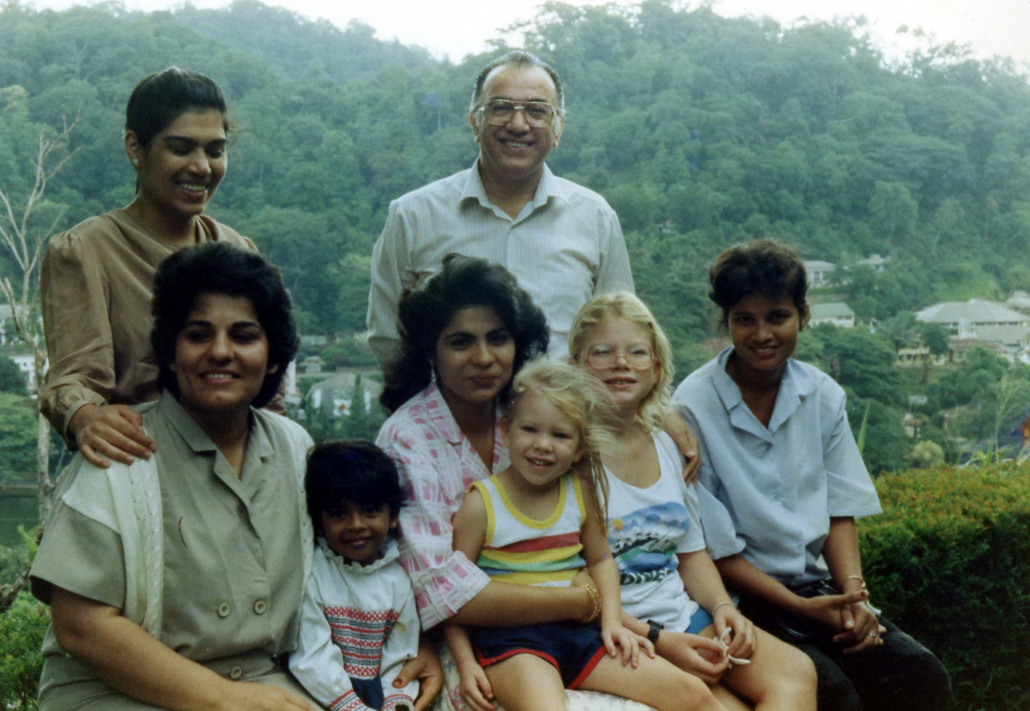
Dental Services to the tea plantation workers. 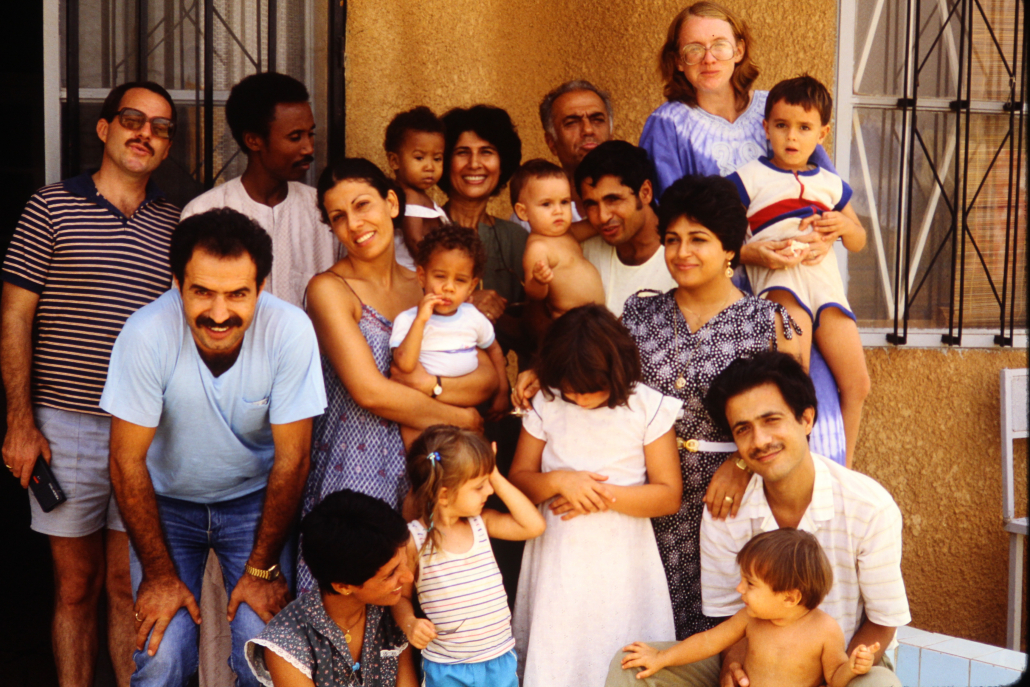
Visiting the Bahá’í community in Niger. 
Visiting Bahá’í friends in Chad. 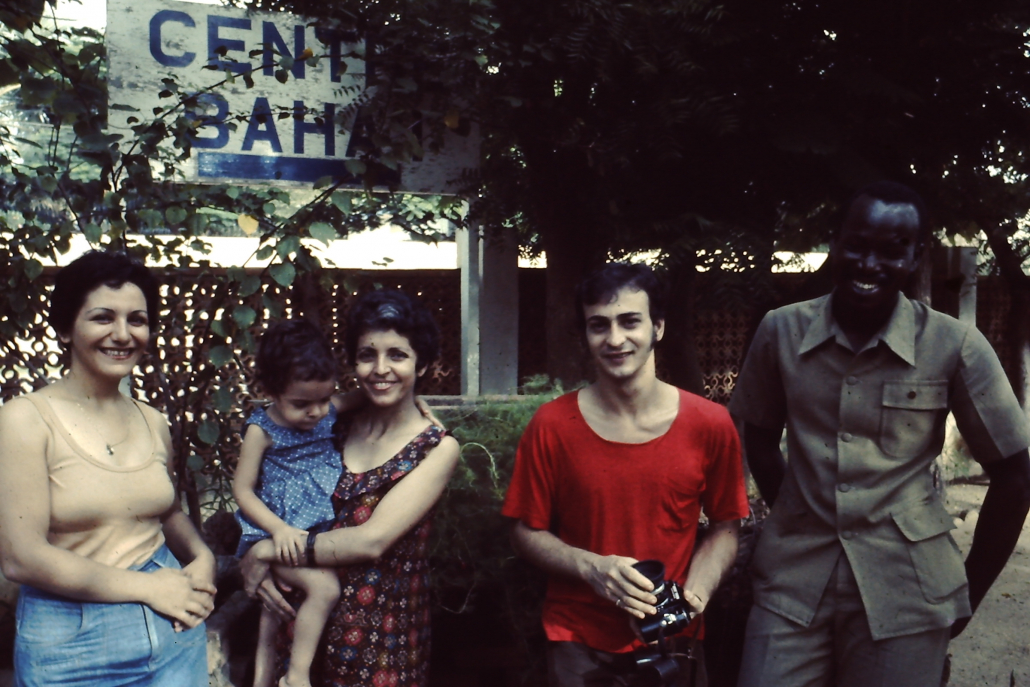
Visiting Bahá’í friends in Burkina Fasso. 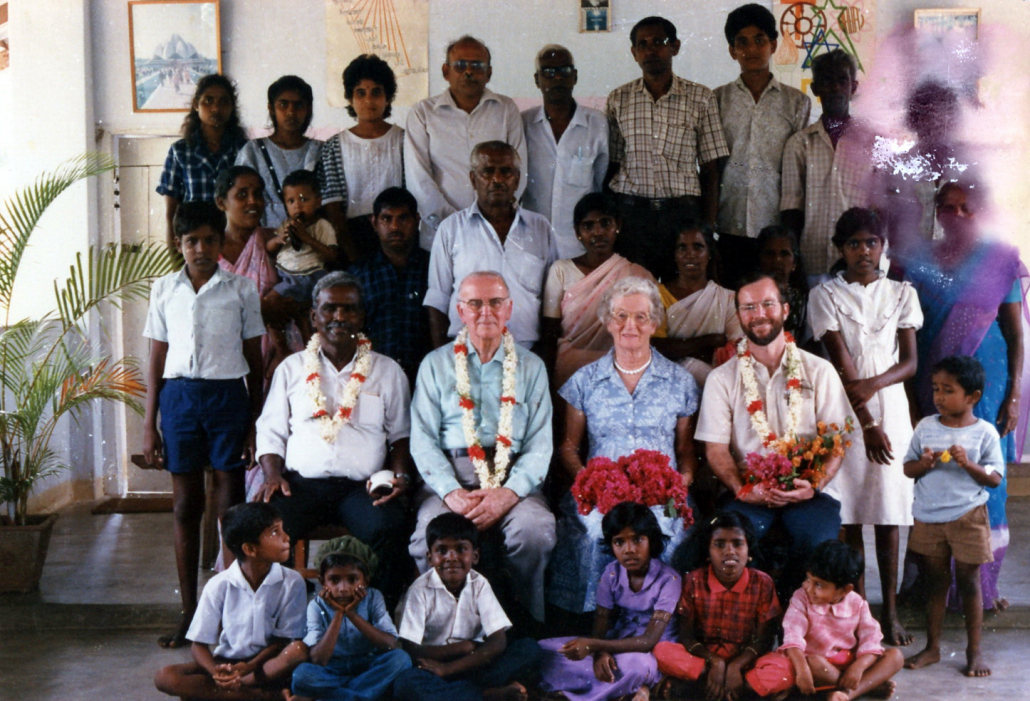
Teaching trip with Hand of the Cause Featherstone near the war zone in Sri Lanka. 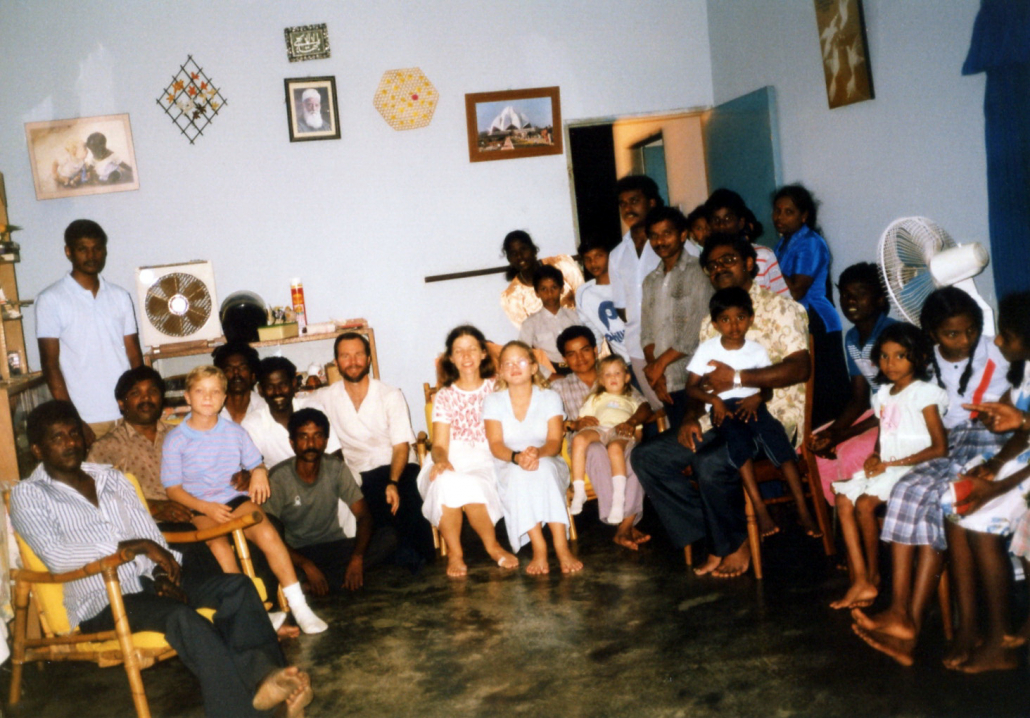

NSA of Russia where I was a member for 2 years. 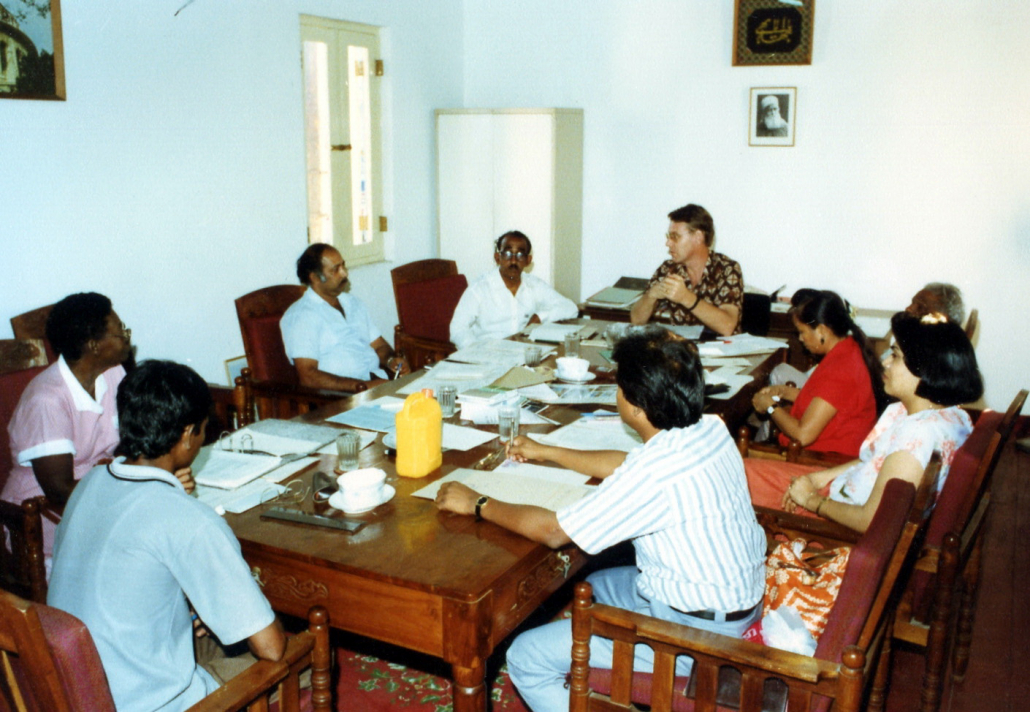
NSA of Sri Lanka where I was a member for 5 years. 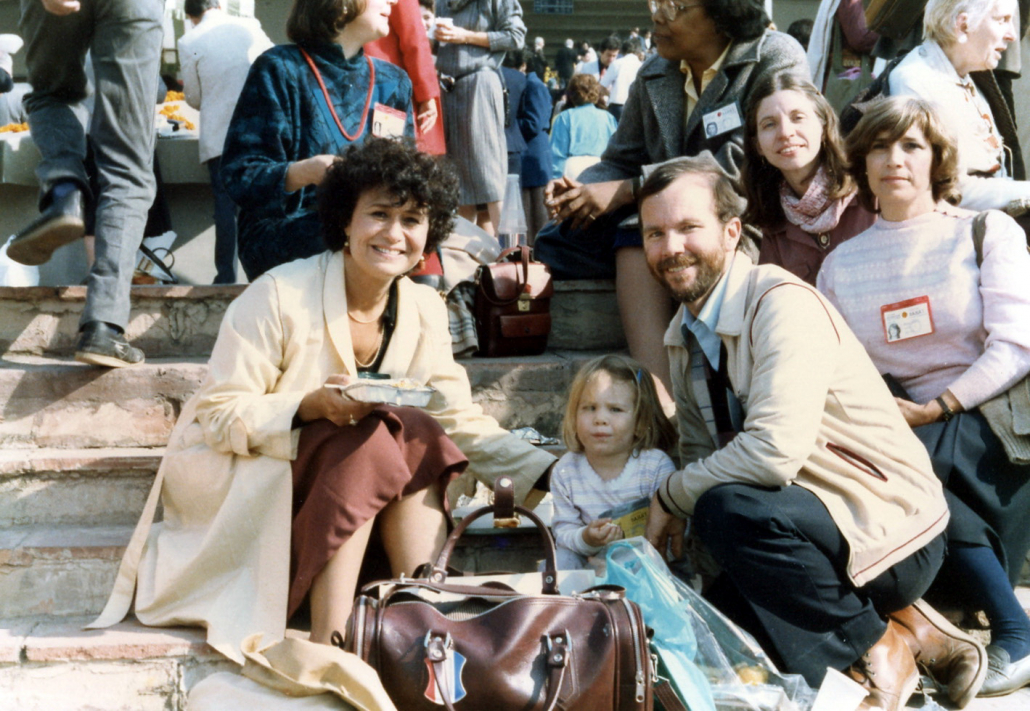
At the dedication of the Indian House of Worship in New Delhi. 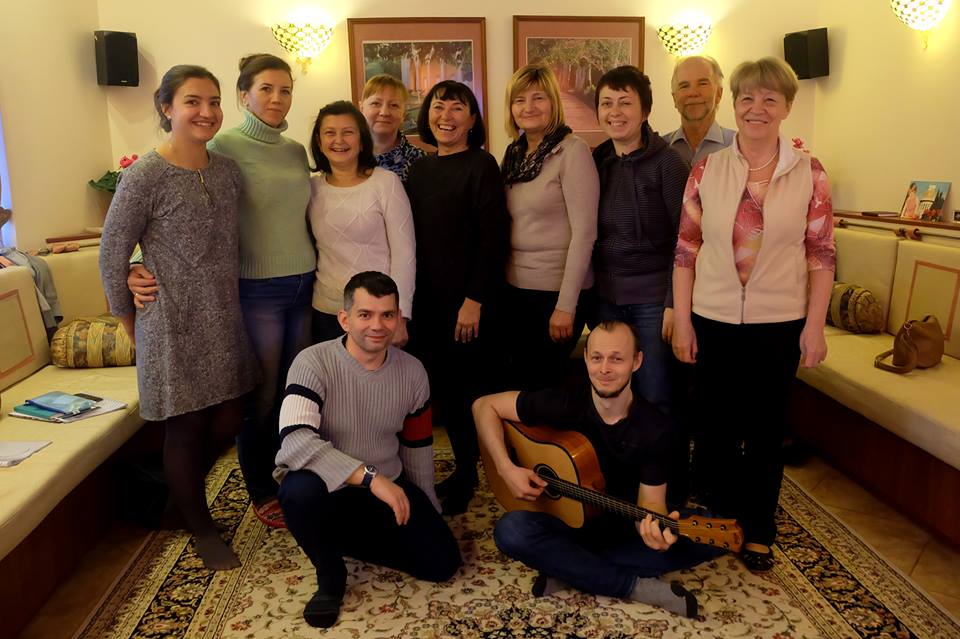
Hosting a meeting for Ukrainian and Belarussian facilitators of junior youth programs. 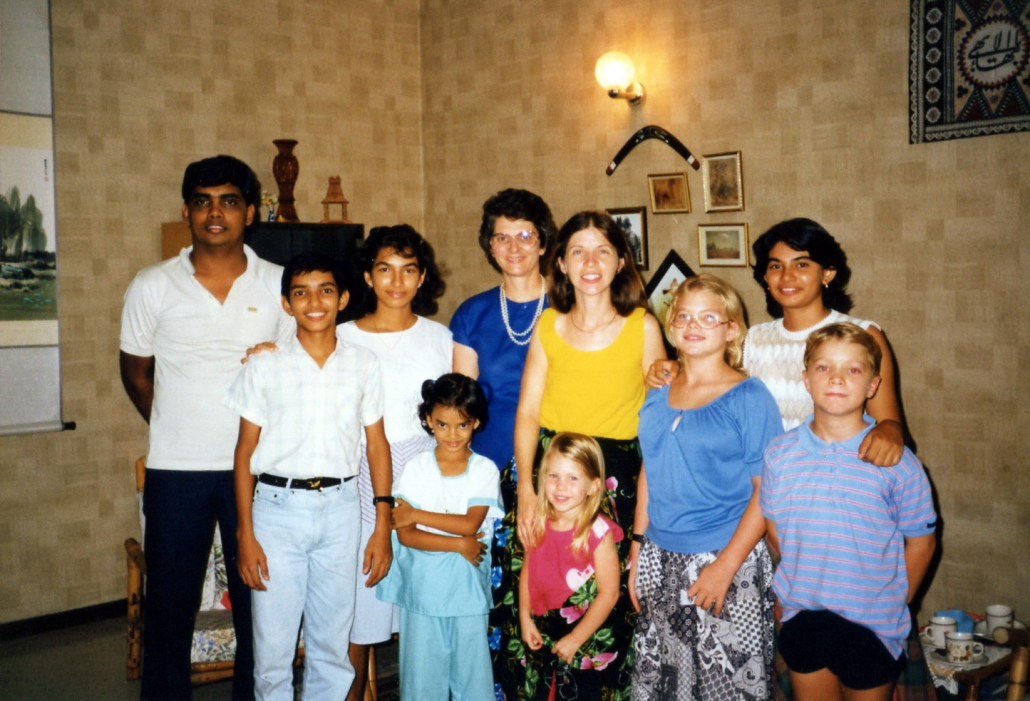
Visiting the friends in Malaysia. 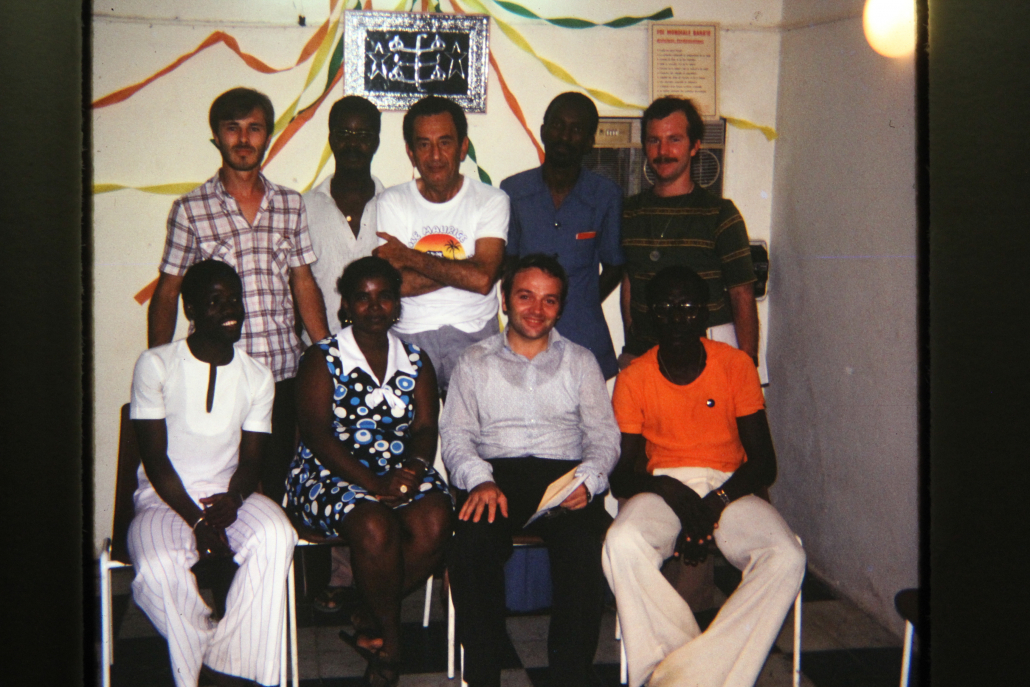
NSA of Ivory Coast. 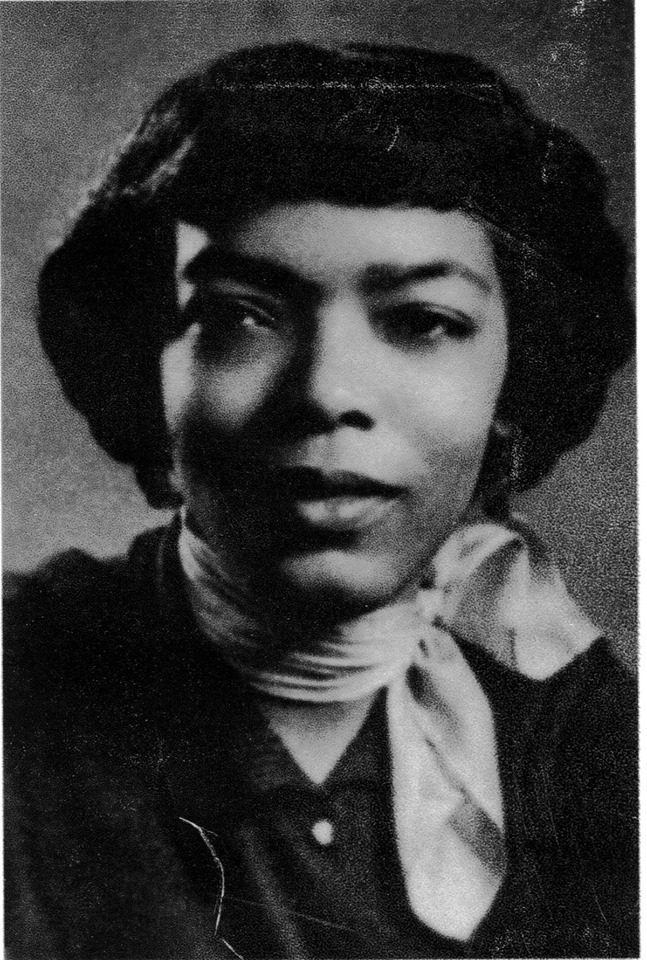
Gwili Esther Posey in Sri Lanka, a near friend. 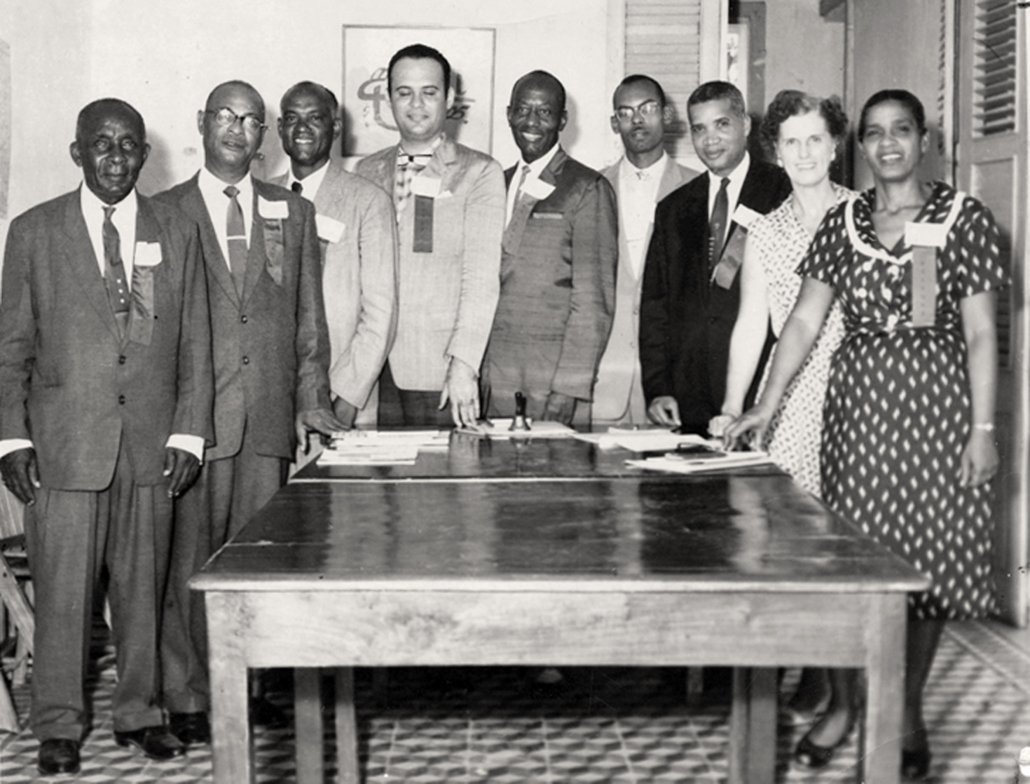
Knight of Bahá’u’lláh Elword Blackwell and NSA Haiti. 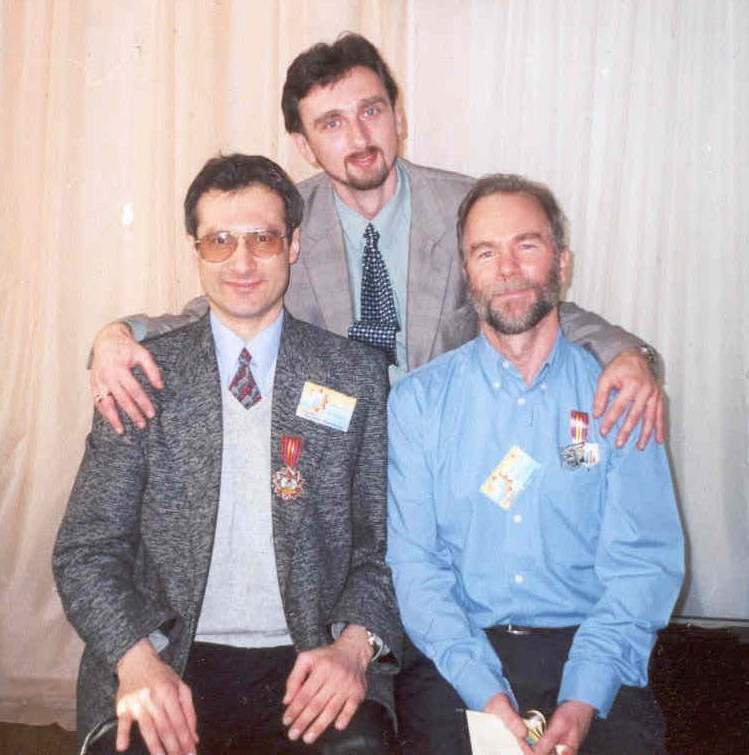
With Shamil Fatakhov when I lived in Russia. We travelled to Ukraine to teach in winter schools. 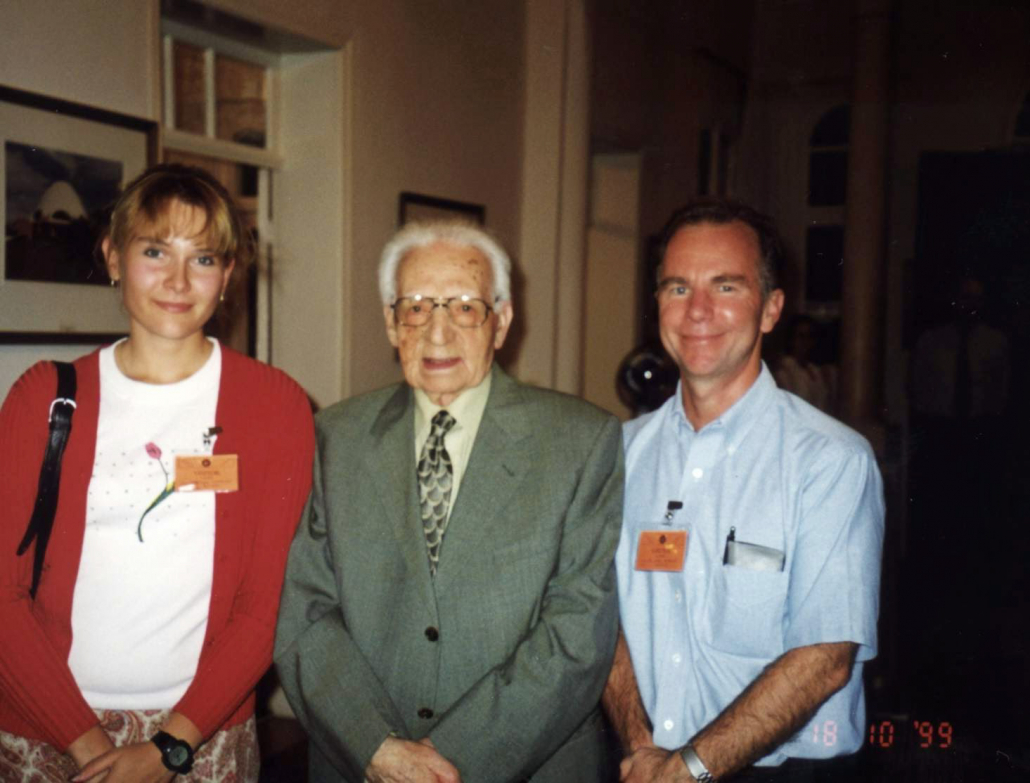
With Hand of the Cause 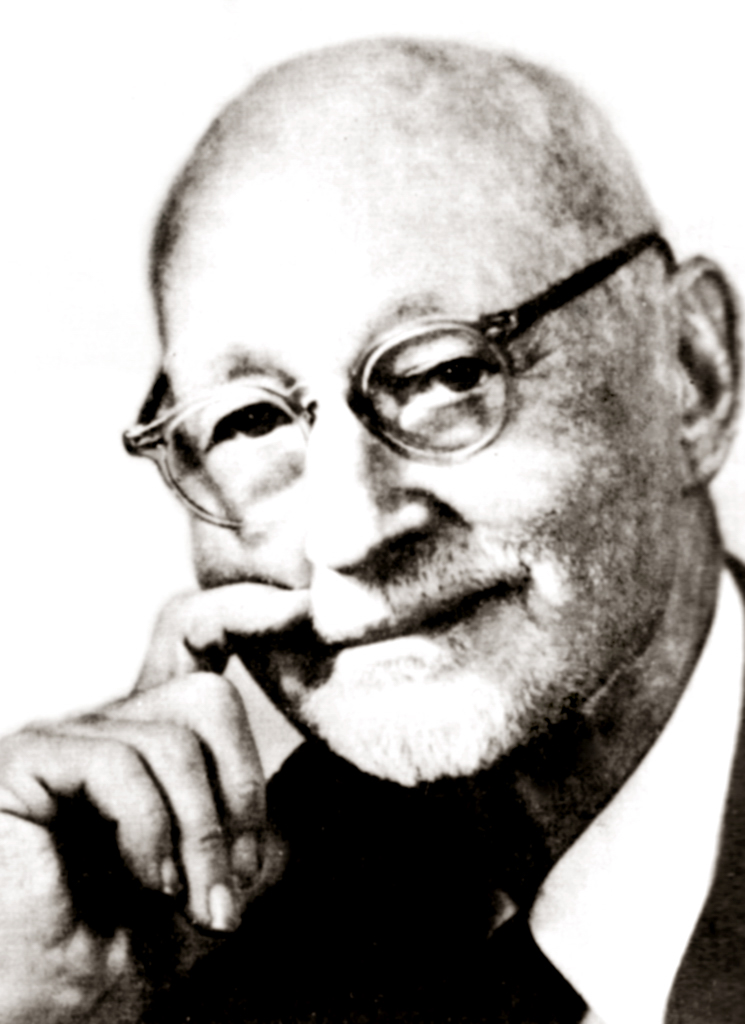
Stanwood Cobb, who stayed with me in Blacksburg, Va. during lectures with the Bahá’í club. 
National Baha’i Centre in Dominican Republic with Svitlana 
With Ranzie in Abidjan 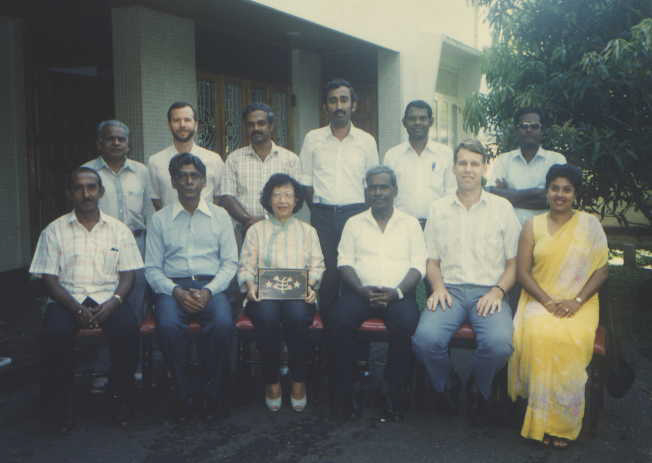
NSA of Sri Lanka 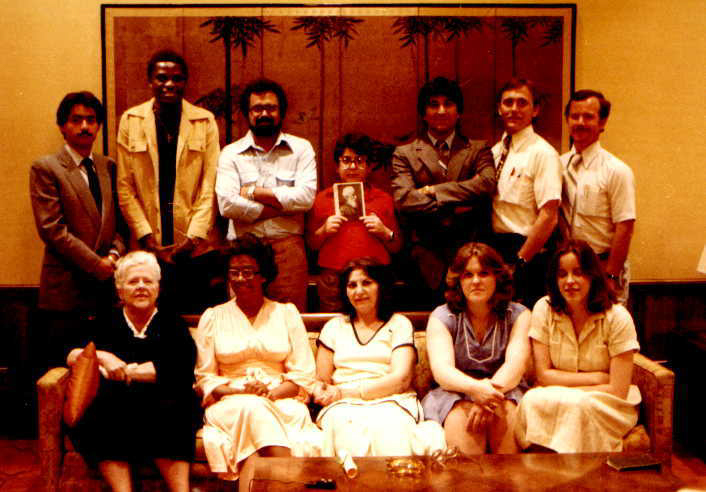
District Teaching Committee in Mississippi 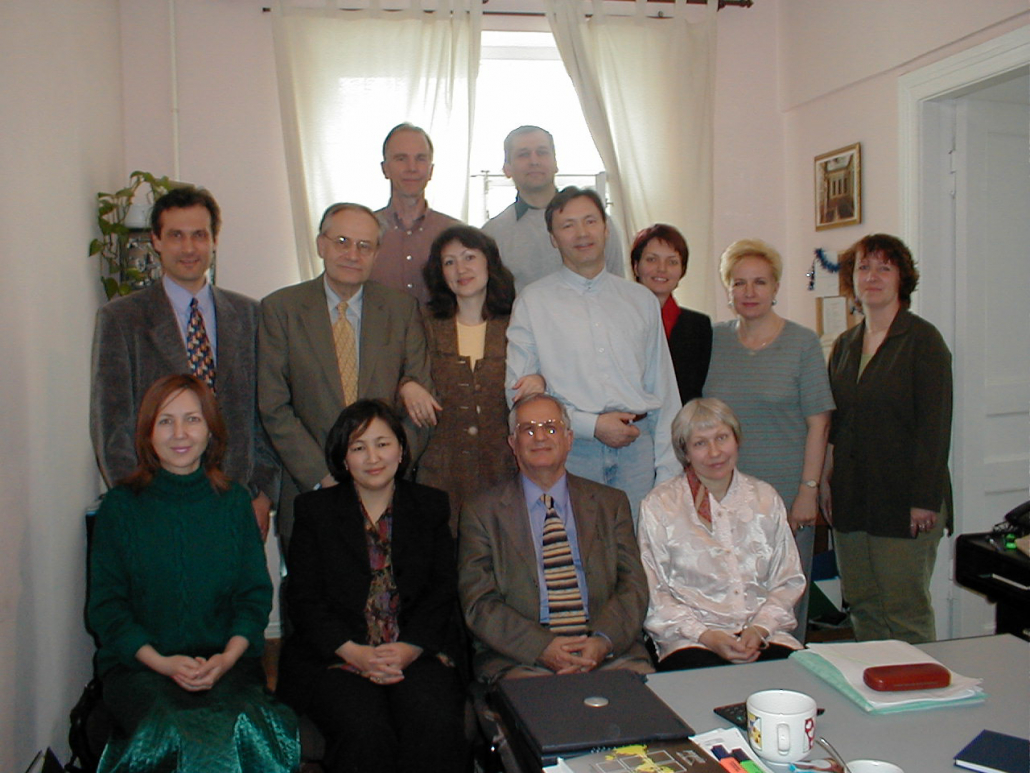
NSA of Russia 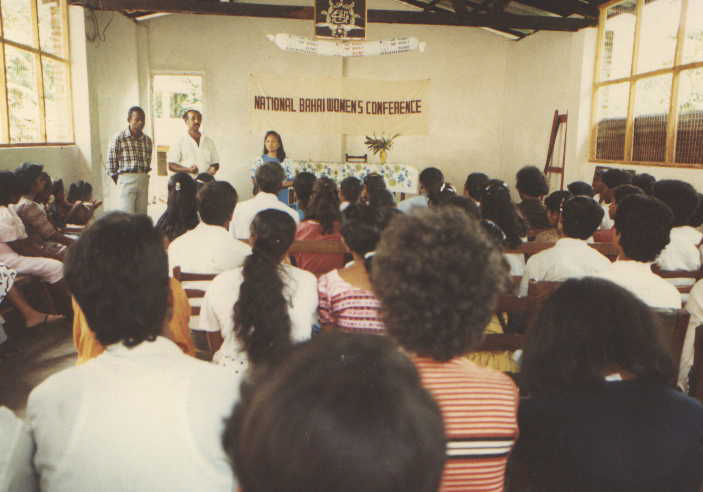
Baha’i Teaching Insitute Kadagannawa, Sri Lanka 
Travel Teaching in Malaysia 
Inter-Religious Conference in Lviv, Ukraine 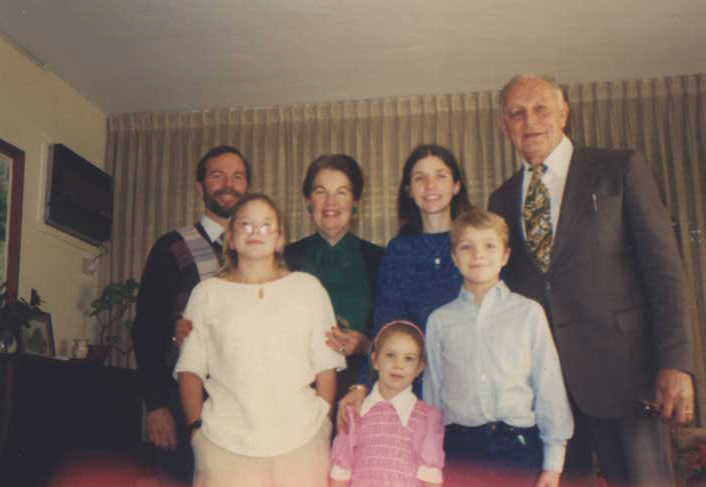
Visting UHJ Member Dr. Ruhe in Haifa 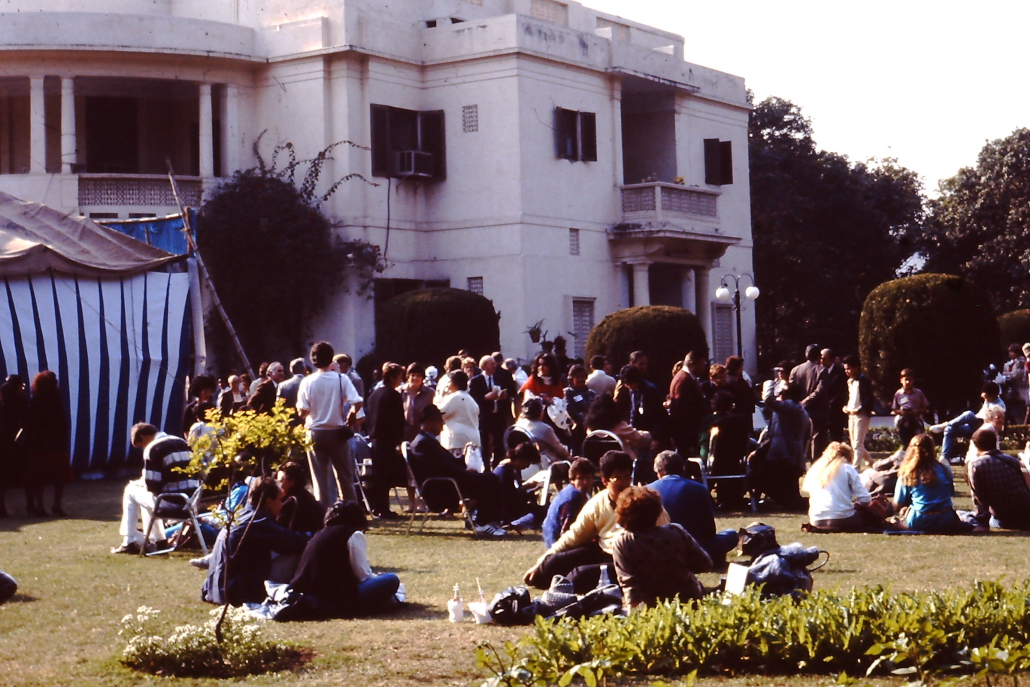
At the National Baha’i Centre in New Delhi, India 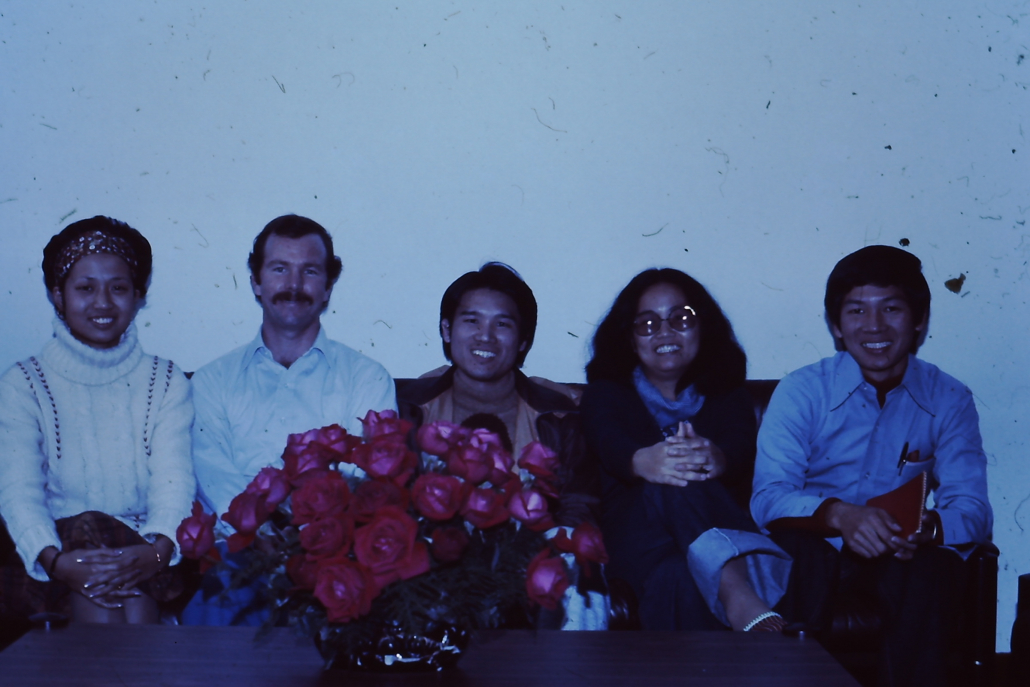
Baha’i Center of Taiwan 
UHJ Member Kiser Barners in Cotonou, Benin 
Baha’is of Ouagadougou, Burkina Faso 
Hand of the Cause Enoch Olinga in Port-au-Prince, Haiti 
Counselor, Abidjan, Cote d’Ivoire 
My home in McLean, Virginia, where I became Baha’i at the nearby home of John and Ruhi Huddleston
I remember William Sears clearly from at least 3 events: the 1972 Youth Confernce, the 1975 St Louis Conference, and the 1985-6 National Conventions in the US. His speaking was magnetic and very professional and effective. At the same time, his sincerely was deeply felt.
Enoch Olinga and his wife visited Haiti in 1977, about the time I was completing my first 2 year contract with Virginia Tech. I had received an offer from the USAID Director in Haiti (Leroy Rasmussen) who retired and took a job with the Conseil de l’Entente in Abidjan. Leroy had offered me a job in West Africa and I asked Mr. Olinga: “What should I do? Stay in Haiti or take this job?” His answer was: “Go to Africa.” I have a picture of Enoch Olinga holding Aileen.
In April of 1979 Dr Raḥmatu’lláh Muhájir has a meeting in Abidjan and in the evening met with the National Assembly. I was a member of the National Assembly and can remember this meeting. At the meeting he “suggested” a one year teaching plan. I recall that he really didn’t see the need for a long consultation– just make a decision and start. The central zone in Ivory Coast was selected, and he immediately collected a team went to the field for teaching. After this teaching trip, a mass teaching project was undertaken in Daloa and more than 16 Assemblies were formed in one year’s time.
Collis Featherstone 1990 Travel Teaching in Northern Sri Lanka. We travelled to the North with “Raj”, my close friend and Secretary of the NSA. We were at the edge of the zone where a war was going on where we met with the local believers. At this time the Baha’i community often helped Tamil refugees from the war, and a Tamil ABM who lived in the war zone was much loved by all.
`Alí-Akbar Furútan, 1998-2002 Haifa, Israel. Most of the believers from Russian and Ukraine that visited Haifa met with Mr. Furutan. He was educated at the Moscow State University and spoke Russian, although people said with dated vocabulary. He liked to ask us about classical Russian writers.
I saw other Hands during my life, at conferences or in Haifa.
It seems very cliche to say that meeting and listening to the Hands of the Cause had a great impact on the way I served, taught, and wanted to live. Although the Counsellors succeeded the Hands, and I met and consulted with many around the world, the Counsellors seemed so much more worldly. Perhaps this is the difference between the 20th and 21st centuries, and the different needs of the Faith, and the impact of the growth of the Faith.
This picture was taken in South Carolina in 1970. Many of the people in this picture I met and served with in North Carolina, including Sue Fouts, Magdeline Carney, Faradoun Jalali.
Every Bahá’í should make a pilgrimage and visit the Bahá’í World Centre. It impacts lives. I visited Haifa (so far) at least 9 times. I might have forgotten a visit or two:
- Pilgrimage: 3 (1976; 2014; 2016)
- 3 day visits: 5 (Svitlana x2; Alone; Olya V; Carolyn and children)
- 1992 Centenary Commemoration of the Ascension of Bahá’u’lláh.
In this section, I want to make an accounting of my life as a Bahá’í and record my memories first for myself, and then for my children, grandchildren and extended family. My family life was fractured due to divorce, the premature death of my sister and brother, and the social reality at the end of the 20th Century and early 21st Century which deemphasises the role of parents, uncles, grandfathers, and the like.
To account for my life involves a self-assessment. Bahá’u’lláh in the Hidden Words wrote: Bring thyself to account each day ere thou art summoned to a reckoning; for death, unheralded, shall come upon thee and thou shalt be called to give account for thy deeds. This seemingly simple exhortation is not so easy to fulfil.
I do not seek self-aggrandisement. I have no doubt about my shortcomings. My character is formulated by my genetics, upbringing, and love for the Bahá’í Faith. I am unquestionably a deep introvert. I can even relate to certain characteristics of autism, specifically a lack of interest in or connection with other people. As an example, I don’t have a strong connection to my family of origin. I love them but I don’t have a connection with any of my family in the way Svitlana is connected to her family, or examples of family connections that I see in movies and books. This character trait can be misunderstood as a lack of interest and need for closeness. Neither of these things are true.
My self-assessment in the context of family is not positive. How could it be otherwise? My divorces and the lack of close relations with my children are proof of my failure in the context of family. Did I want something else– unquestionably yes. Can I blame the divorces on the lack of closeness with my children– unquestionably yes. Can I say that my strong orientation on being an international pioneer and a worker for social development caused me to lead a life far away from my children– unquestionably yes, And was I unresponsive to alternative life choices in the context of 2 marriages that ended in divorce– again, unquestionably yes. Since my 19th birthday, I have only wanted to participate in the development of the Bahá’í community, and to be of service to the poor and economically disadvantaged in the world.
Below I’m making a list but the real details of my Bahá’í life are found in the sections associated with all the places I have lived in my life.
Collect Remembrances
I start with a listing of things that I have done. I hope to use this to inspire me to write a kind of self-accounting– something that is not so easy to do. Is it possible for anyone to make an accounting of their deeds? All of us have “blind spots”, and we judge ourselves with bias. If someone says: “I’m a good person,” what does this mean? Everyone thinks they are a good person, right?
Guidance hath ever been given by words, and now it is given by deeds. Every one must show forth deeds that are pure and holy, for words are the property of all alike, whereas such deeds as these belong only to Our loved ones. Strive then with heart and soul to distinguish yourselves by your 49 deeds. In this wise We counsel you in this holy and resplendent tablet. Bahá’u’lláh
During the first years in Ukraine, besides my work and trips back and forth to Moscow to be witih my daughter Marta, I published a number of documents and “multimedias”. As a memeber of the EBBF Research Committee, I engaged in planning and reviewing publicaitons and wrote two of my own: Consultative Decision Making (including Kindle Edition) by Gary Reusche, edited by George Starcher, and Trust and Trustworthiness, by Greg Dahl and Gary Reusche, edited by George Starcher. As the EBBF representative to Ukraine I translated and published xxxxxxxxxx. The major multimedias published include xxxxxxxxxxxx.
This is a meeting of the Junior Youth Coordinators for Ukraine and Moldovia. We hosted the meeting in our flat. The flat in Kyiv was specially designed by a Baha’i friend, Nataliya Shakrai, who is in the Abha kingdom now.
Countries with Baha’i experience: 41
I lived as a resident in 7 countries: USA, Haiti, Cote d’Ivoire, Sri Lanka, Netherlands, Russia, and Ukraine. Most of my experience is in these countries, where I service on National or regional assemblies and committees. From a Baha’i point of view, travel is relevant and important. Baha’i development activities in the 21st century included emphasis on our mental infrastructure, what the UHJ calls habits of thought or mindsets. Habits of thought are influenced by our experience. My experience is multicultural, multi-national, and multi-lingual.
Now comes the hard part, remembering all the countries I have worked in and visited. If no mistakes, 77. I’ll probably reach 80 before my time on earth will end, as I want to see Scandinavia, Portugal, Ireland, and New Zealand. Most of the countries were work trips. The bold are where I was a resident. I was naturalised in Russia and the Netherlands, and carried a UN Laisser Passer.
USA, Canada, Mexico, Belize, Panama, Haiti, Dominican Republic, Puerto Rico, Colombia, Suriname, Senegal, Ivory Coast, Benin, Togo, Nigeria, Cameroon, Burkina Fasso , Niger, Chad, Algeria, Egypt, Sudan, Ethiopia, Kenya, Tanzania, Malawi, Botswana, Zimbabwe, South Africa, India, Napal, Bangladesh, Sri Lanka, Maldives, Thailand, Malaysia, Laos, Viet Nam, Singapore, Indonesia, Philippines, Australia, United Kingdom, Netherlands, Spain, France, Switzerland, Italy, Germany, Hungary, Ukraine, Russia, Belarus, Poland, Estonia, Moldova, Czechia, Slovakia, Slovenia, Serbia, Bosnia and Herzegovina, Kosovo, Greece, Belgium, Austria, Bulgaria, Turkey, Tajikistan, Azerbaijan, Turkey, Israel, Mongolia, Georgia, Armenia, Kyrgyzstan, Uzbekistan, Taiwan, Japan
Houses of Worship: 5 (USA; Panama; Sidney; New Delhi; Germany)
NSA when I was a Baha’i youth. I never directly met any of them, but they often attended or spoke at national and regional meetings. I can name most of them. Daniel Jordan and Magdeline Carney were particularly influential in my life. Dan Jordan published the “Comprehensive Deepening Program”, including: The Meaning of Deepening, Knowledge, Volition and Action; The Supreme Gift of God to Man; The Dynamic Force of Example. These we studied befor there was a Rúhí Program.
My activities included both the city of Les Cayes, as well as south-west Haiti.
This is the National Assembly with the Counsellor living in Haiti (forgot name) in front of the newly acquired National Center. It was renovated, and then destroyed years later by an earthquake.
I travelled regularly to Burkina Fasso, and spent as much time as possible with the Baha’is of Ouagadougou. One of the pioneers almost died due to malaria. Wonderful family, perfect pioneers.
Meet the Baha’i community in Niamy, Niger. Very strong community and the Baha’is of Muslim background were often much stronger than those coming from other communities.
Kiser Barnes and his family, soon after he left his Baltamore legal practice to pioneer and teach English in Cotonou, Benin. Finding the Baha’i Center was not easy in a country with close connections to Russia. Kiser devoted life took him to Nigeria and then Haifa, including membership in the Universal House of Justice.
Yaounde, Cameroon. I was ready to move to Cameroon, and still wish it was possible. At the time, I thought it was the most advanced community in the region.
Pioneers in Chad. When I arrived in N’Djamena the hotel wall was pocked by bullet holes. Welcome!
These are friends from Starkville, Mississippi. I was very happy in Mississippi and very close with the friends in Starkville. Mrs. Rahmani, wife of the member of the NSA of Iran that disappeared, Mr. Ibráhím Rahmání. At the time we knew her, she didn’t know if her husband was dead or alive. Her two sons aer not pictured here. More about this is written below.
Imam and Farhand (last name can’t quite remember, long, starts with Siou…) are pictures.
In August 1980 all nine members of the National Spiritual Assembly of Iran were arrested while meeting at a private home. Families of the missing individuals relentlessly pursued the case from the date of their disappearance to the end of January 1981In a meeting on September 10, 1980, Rafsanjani confirmed that an order had been issued for the arrest of eleven Bahá’ís, but told family members that they would be denied access to the prisoners until their interrogation was complete. However, on October 9, 1980, Rafsanjani changed his story, telling family members that the government had not arrested any members of the National Spiritual Assembly, and instead rather implausibly suggested that an independent “group” might be behind their disappearance. The fate of the nine National Spiritual Assembly and two Auxiliary Board members remains unknown, although there are reports that they were briefly held in Evin prison; there has been no further news of them since August 29, 1980 and they are all now presumed dead.
Linda Gershuny
This photo is Ms. Lea Nys. She is a Belgium travel teacher who visited us in Les Cayes.
Ms Gwili Posey 1932-2015, embraced Bahá’í Faith in 1952, Graduated from University of Chicago, 10 Years in Switzerland and France, 17 Years in Haiti, 60 years of dedicated uninterrupted service. I loved Gwili very much and miss her.
National Spiritual Assembly: 3 (Cote d’Ivoire, Sri Lanka, Russia), 8 years total.
Local Spiritual Assembly: 6 (21 years total) Les Cayes, Haiti 2x; Abidjan, Cote d’Ivoire 2x; Starkville, MS 4x; Cary/Garner, NC 4x; Kandy, Sri Lanka 5x; Moscow, Russia 4x
National or Regional Teaching Committees: 5 (Southern Region, Haiti; Ivory Coast; State of Mississippi; Central and Eastern North Carolina; Russia). I think 9 or 10 years.
I remember when I was a new Baha’i in Northern Virginia, and I heard tha Ruhi Huddleston had been a pioneer and member of the NSA in Belize, I believed it was something special. During the second half of the 20th Century, international pioneers played a major role in the development of the Faith around the world. Typically we were elected to local and national assemblies, and served in committees. We were directly involved in mass teaching, and working in the villages. This changed during my time in Russia. At the same time, the Faith at the international level was so small that we often knew each other, or heard of each other, or had friends in common. By the millenium, this had begun to change.
It changed to much that the local friends believed that there was no longer a role for international pioneers. A letter from the UHJ dated 10 January 2002 indicated that: “Most of the needs of the clusters in a given country should increasingly be met by homefront pioneers as the Plan unfolds. But, given the sheer number of geographic areas which require systematic attention in order to advance, international pioneers will have a notable role to play. Their participation will be especially effective in the programs of growth spreading throughout the world if they have developed abilities to foster the institute process. Beyond this, international pioneers and traveling teachers can contribute significantly to the work of the Faith in such spheres of activity as administration, proclamation, and social and economic development.
In December of 2003 I left Russia, and my first month are two in Ukraine I was still offically a member of the Russian NSA. I decided that I couldn’t continue to effective serve as a member of the Russian NSA, so I resigned.
In Ukraine, my Baha’i activities conform to the letter of the UHJ dated 10 Jan 2002. My initital activities were to develop, with a graphic designer, a number of multi-media programs– a continuation of years of work in Russia where I really was the first to use a projector and multimedia presentations. Now, they are literally everywhere and slowly I am uploading these to the cloud. Then I started the “Virtues Project in Guta” and finally some administrative functions such as the Pioneer Committee, the Properties committee, and helping a World Centre consultant with fund and accounting issues. Compared to the previous 30 years (1975-2005) I feel rather free. Sometimes I watch the local believers and think: “When I was 19 y.o. I was involved in mass teaching, street teaching, home visits, and a graduated methodological course to study the Faith (Comprehensive Teaching Program). Nothing new here.” I often roll my eyes and think: “If I did it, I could do it much faster”, but the emphasis is local development and I am fully on board with the program of the Counsellors. It just takes a little getting used to it, but I now I have time and its kinda nice to see others running around and doing a great deal of coordinative and administrative tasks. I get to focus on writing and teaching and the children.
Socio-Economic Development: Head, OSED Sri Lanka; Baha’i Teaching Institute, Kadagannawa, Sri Lanka; Gwalior Agricultural School, Madiya Pradesh, India; Virtues Project in Guta, Ukraine
First travel teaching. Dad, Hanny, Bob, New Orleans, San Antonio, Oxnard
Baha’i Club, Virginian Tech
- friendship with Nabil and Dora Jean Hanna
- Pioneers Jean-Christophe and Ranzie Casu, Mario and xxxxxx, xxxxxxx
- Meeting Kiser Barnes and wife in Benin, Thelma Khalgati in Togo, xxxxx in Burkina Fasso, and xxxxx in Niger
- Delegate National Convention USA
- LSA Cary, Garner
- LSA, Kandy Sri Lanka
- NSA Sri Lanka (5x)
- OSED Sri Lanka, published manual
- Meeting Dr. Ruhe and wife in Haifa
- Baha’i Teaching Institute, Kadugannawa
- Consultant OSED Haifa, Gwalior India
- LSA Moscow (4x)
- NSA Russia (2x)
- National Teaching Committee Russia
- Audio Visual Presentations and Events 1997-2003 Russia
- Travel Teaching Russia (one year)
- Statistics, Ruhi Program Russia
- Co-author “Spirit in Agriculture”, George Ronald
- EBBF Research Committee and Publications
- EBBF National Representative, Russian, Ukraine
- Audio Visual Presentations, Ukraine 2004
- The Virtues Project, Guta, 2010?-present
